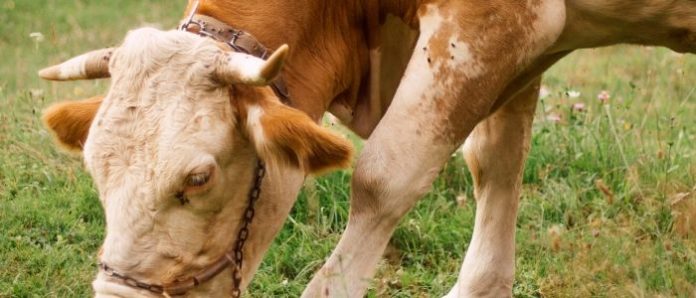I have been getting questions about the availability of food at the grocery stores. It seems that some food items have either gone the way of toilet paper (hoarded) or that the supply has been limited.
Indeed, as we face these interesting days, we are seeing both hoarding and supply chain issues.
I don’t know for certain, but the fact that there was no ground beef the other day at a local Sam’s probably wasn’t that the store couldn’t locate any beef but that there had been a run on it.
Make no mistake, farmers are still raising crops, and stockmen are still raising cattle, pigs, and chickens. The seeds that were planted prior to the onset of the Covid 19 restrictions are still growing quite well and will be ready to harvest in their time.
Yes, crops and livestock will continue to grow quite well, unaffected by any Coronavirus.
The spring calf crop that beef producers had earlier this year will be ready to sell this fall. Fall born calves may be ready to sell now. You can bet several cattle raisers are looking hard at what the markets may be when they typically sell their calf crop.
But how does this play out for these growers? My crystal ball is too scratched and cloudy to tell, but I believe that there is the opportunity for local agricultural producers to take advantage of more local sales in these times.
Let’s look at some food items we have locally that could benefit growers and local consumers with out too much extra fuss.
Vegetable production is an obvious first that many undertake each year. Many of us must have our yearly ration of fresh purple hull peas. I hope that pea growers know that this summer, they have a unique opportunity to plant more with the almost assured chance to sell more. And with the short growth season of this crop, I hope some growers plan on two crops this year.
Blueberry season is upon us. Off the top of my head, I know of four large growers in Angelina County. Each of these growers have ACRES of blueberries that are fresh, delicious, and nutritious. Contact them to see when and how you can fill your freezer with them.
Numerous gardeners already have their spring planted vegetables in the ground. Inquire if they have extra to sell.
Cattle producers may have calves to sell now and will have plenty more to sell later this year. Ask around to see who would partner with you to take side of beef or a quarter of a carcass if that seems the right amount. Next, reach out to a beef producer and ask if they have a calf ready to go to the auction barn.
A novel idea that I’ve considered for years is to purchase a market-ready calf from them, then pay a monthly rate to keep it on grass/feed until you are ready to send it to be processed. Yes, you will bear the burden if something goes wrong. All the more reason to work with growers you trust. Welcome to agriculture!
That arrangement does a few positive things. First it provides the immediate sale of their calf crop. Second, it will generate monthly income to the cattle raiser until you deem it ready. Finally, it will support a local meat packer that you choose to do business with.
I know the devil is in the details with my beef proposal, but I have run over the numbers and believe some enterprising folks could make it work. As you work out the numbers, know that from a 1,000-pound steer, one can expect about a 610 lbs. hanging carcass weight, and about 430 lbs. of packaged meat (cut and wrapped to bring home) that is locally grown, supports local businesses, and will be processed to your instructions.
Lastly, if there was ever a time to trap feral hogs, now is the time! There is no “hunting season” on them. They do terrible damage to cropland, wildlife, and even residential landscapes. They need to go, and they need to go into our freezers. As always, practice the ultimate food safety as you trap and process wild pigs.
I certainly have not been a fan of the “new normal” imposed by the Coronavirus but supporting local food production may be a silver lining.











